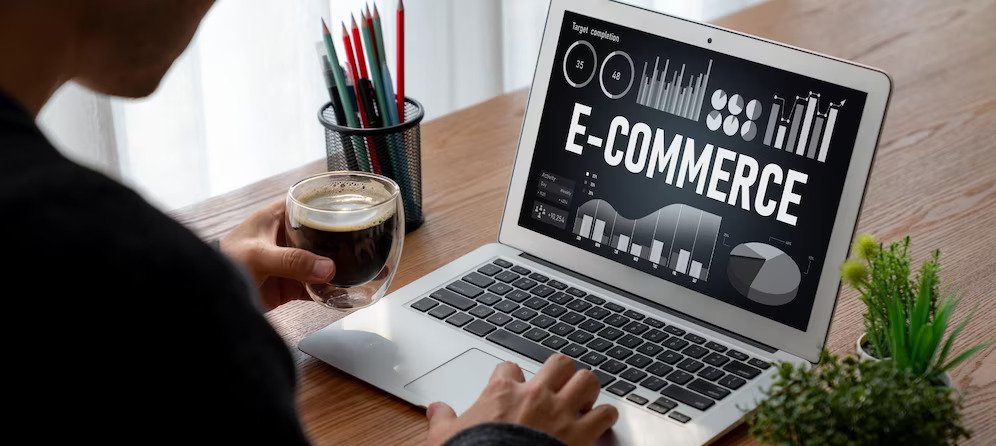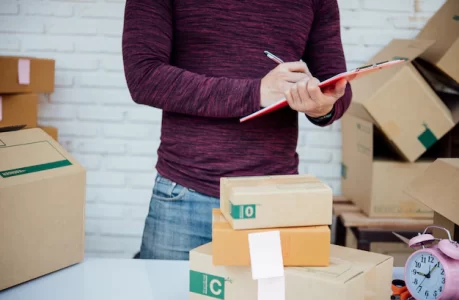Check Out These Seven Image Optimization Tips For Your E-Commerce Website!

If you’re in the e-commerce business, you understand the importance of making a solid first impression. A captivating storefront, seamless navigation, and compelling product descriptions all play a pivotal role in engaging your visitors.
But one element often gets overlooked amidst the hustle and bustle of setting up an online store – images. Those visual storytellers can make or break your customer’s experience.
In this blog, we will discuss some image optimization tips that can enhance your website’s performance, increase user engagement, and make them return for more.
So, let’s journey through the pixels and unveil the magic behind a visually appealing and well-optimized e-commerce website.
Seven Tips For Image Optimization You Should Consider
Here are some tips for optimizing images on your e-commerce website that will help keep users engaged. So, without further ado, let us begin!
1. Use Royalty-Free Images
Imagine strolling in a bustling marketplace, each stall adorned with unique and captivating wares. Now, imagine this experience in the digital realm.
Your e-commerce store is that marketplace, and your products are the wares that deserve the spotlight. Here’s where royalty-free images can help and give your products the limelight they need.
You can use these images without worrying about copyright issues or hefty license fees. Using royalty-free images on your website saves you legal trouble and provides a pool of authentic and legal visuals.
When selecting royalty-free images, ensure they align with your brand’s identity and the essence of your products. You can find many pictures, from mesmerizing landscapes for outdoor gear to mouthwatering close-ups for food products.
It can be that royalty-free images can elevate your e-commerce game. Plus, they seamlessly blend into your content, providing a genuine touch that resonates with your audience.
2. Optimize, Don’t Compromise on Quality
Ah, the eternal tug-of-war between image quality and loading speed! It’s no secret that crisp, high-resolution images enthrall the senses.
But they can also slow down your website’s performance. So, how do you strike the perfect balance? The answer is optimization.
Before uploading images, resize them to fit the dimensions of the display area on your e-commerce store. A big image crammed into a tiny thumbnail box can look awkward and sometimes may not even load. Apart from a hideous look, it can also slow down your page.
Moreover, you can compress images without compromising quality using various online tools and plugins. It will significantly reduce the file size, allowing your pages to load while swiftly delivering quality visuals to your audience.
3. Don’t Forget The Alt Text
Alt text, often overlooked, is this snippet of text that describes your image’s content to your audience and search engines. Alt text not only makes your website more accessible to all types of users but also contributes to your SEO efforts.
Since search engine algorithms are ever-evolving, adding alt text to your image has become essential. It provides a valuable opportunity to communicate the context of your images to search engines.
Search engines need to understand what your pictures represent to rank your content on the first page. When they do, they can accurately index and rank your content, improving your website’s visibility in search results.
Create descriptive alt text that conveys what the image depicts. While incorporating relevant keywords is essential, ensuring it flows naturally and enhances the user experience.
A well-crafted alt text caters to screen readers and serves as relevant information that enriches your content.
4. Leverage the WebP Format
In the fast-paced digital market, seconds can make or break a potential sale. And this is where the WebP format steps in. Developed by Google, WebP is a new image format with high compression rates that keeps the quality intact.
Websites that leverage WebP image format enjoy faster loading times, ensuring digital visitors don’t lose interest while waiting for your products. Not all browsers support WebP, yet it is not a problem that you need to worry about.
However, handy tools are available that automatically serve WebP images to compatible browsers, ensuring a seamless experience for all. So, the search engine will do all the work, and you will get more people to your site. Why not go for it then?
5. Give a Proper Name to Images Before Uploading
Would you walk into a store with its products piled in a chaotic mess? Probably not. Apply this logic to your website’s images as well. Give your image files meaningful names that represent the product clearly.
Instead of “DSC00123.jpg,” opt for a descriptive filename like “blue-v-neck-sweater.jpg.” These file names offer numerous benefits.
First, proper filenames help in organizing your images for the search engine. They also serve as another opportunity to incorporate relevant keywords, organically enhancing your SEO efforts.
When search engines crawl your website, they consider the visible content and other elements. Your image filenames, often disregarded, can provide search engines with additional context about your products and their relevance to user queries.
The proper filenames can act as signposts for Google crawlers, guiding the search engine bots to understand the essence of your images.
In this digital age where every character counts, wisely choosing the file names might do more than you think. It may be the small yet impactful step that propels your e-commerce website up the search engine ranks.
6. The Need for Speed: Lazy Loading
Let’s talk about attention spans – or the lack thereof – in today’s digital age. Your website has mere milliseconds to captivate your visitors. The decision to stay or leave the website is made in this split second. Leverage lazy loading, a technique that ensures your images load only when they’re about to come into view.
This strategic approach improves your website’s performance and offers an ultimate experience to the users. This lazy loading speeds up your page’s initial load time and maintains a smooth browsing experience as users scroll down. Say goodbye to frustrating interruptions or waiting for images to catch up with your visitors’ curiosity.
By implementing lazy loading, you’re essentially saying goodbye to the endless scroll-and-wait game, ensuring that your visitors engage with your products seamlessly. In e-commerce, each moment of delay could mean a missed opportunity.
7. Test and Monitor
Regularly test your website’s load times and image performance using tools like Google PageSpeed Insights, GTmetrix, or Pingdom. These tools provide insights into areas where further optimization might be required.
In Conclusion
Optimizing your e-commerce website’s images becomes a non-negotiable aspect of your digital strategy because visuals can tell stories that resonate.
From using royalty-free images for authenticity to the technical prowess of formats and techniques, there are several tools you can leverage. These tools elevate your website’s performance and captivate your audience. Remember, the pixels you display carry your brand’s essence and make them count.
So, consider the image optimization tips and watch your e-commerce endeavors flourish amidst a visual symphony that leaves a lasting impression.
Read Also:

























Leave A Reply